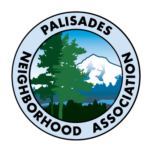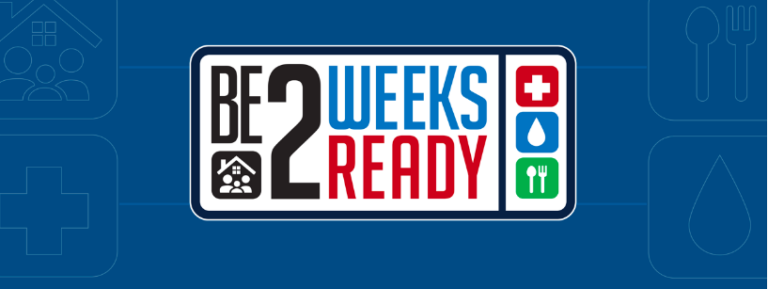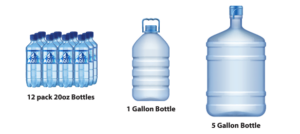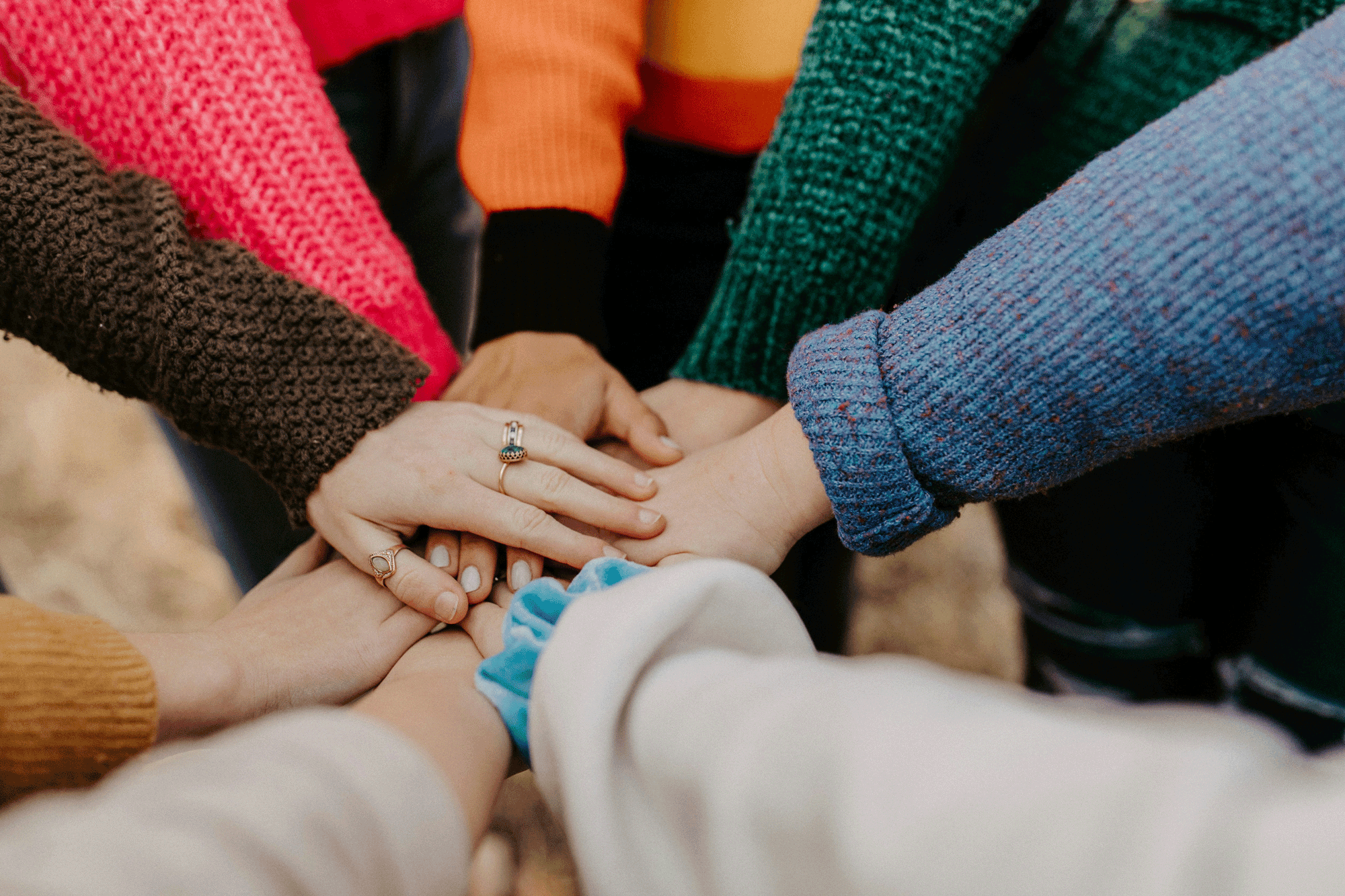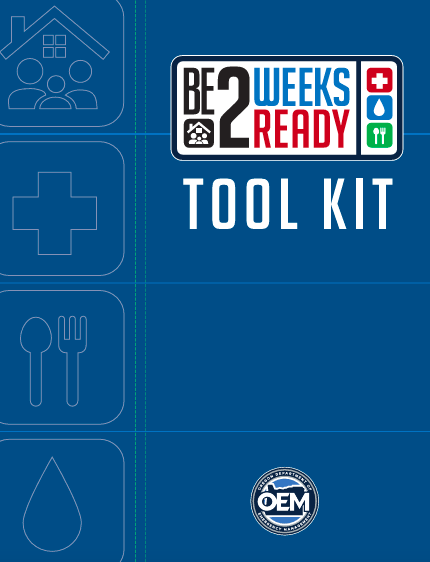
PNA has been following the City of Lake Oswego’s adoption of the Be 2 Weeks Ready (B2WR) Program. Oregon has faced a series of emergencies, including floods, droughts, wildfires, ice storms, heatwaves, and a pandemic. These events show the critical importance of being prepared. The Oregon Office of Emergency Management (OEM) aims to empower people to prepare effectively because once a disaster occurs, preparation time is over. This is why individuals, families, and communities should strive to “Be 2 Weeks Ready.”
“It is really important to change and rotate your water supply so remember to do that. One idea is to put a calendar reminder 2-4 times per year to check your smoke alarm batteries and your water supply. Another tip is to store water in 2 liter plastic bottles in the freezer. This will give you both water supply and help your refrigerator and freezer last a little longer in power outages.”
– Roger Gray, Area 7 Representative, Emergency Preparedness Committee Member
For information regarding Oregon’s overall efforts, click here.
Water Plan
Hydration Matters During Stress: A 14-Day Water Plan
This plan helps you gather and store enough water for 14 days and ensure it’s safe to drink without modern conveniences.
Quick Start Steps:
1. Safety Considerations 2. Water Needs 3. Water Storage
4. Water Sanitization 5. Additional Tips
Safety Considerations:
-
Potable water is water that’s not contaminated and is safe to use for drinking, brushing your teeth, food preparation and hygiene. People and animals should only consume potable water.
-
Avoid contaminated water (e.g., from rivers, lakes, or floodwaters).
-
Do not use water with fuel, chemicals, odors, or floating debris.
-
Water weighs 8.3 pounds per gallon, so store it accessibly.
-
Never use pool cleaning tablets for drinking water.
Water Needs:
The average person uses about 80-100 gallons of water per day for indoor home uses. How much water you need to Be 2 Weeks Ready depends on several factors. Each person will need water each day for drinking, meal preparation and cleanup, and personal hygiene. The amount of water you’ll need will also be impacted by the kinds of foods you plan to eat (pasta, oatmeal, baby formula, powdered milk, etc.) and if you have pets.
Water Storage:
-
Store water in cool, dark places, away from chemicals and sunlight.
-
Distribute your supply throughout your home in case of damage.
-
Store some water in the freezer for dual use as ice and drinking water.
How to Sanitize Water:
-
Boil for at least one minute.
-
Use filtration per manufacturer instructions.
-
Water purification tablets (NSF-approved).
-
Chemical disinfection (bleach or iodine, with precautions).
-
Distillation (boil and condense).
Other Tips:
-
Keep powdered drink mixes to improve water taste.
-
Do not substitute soft drinks, caffeinated beverages, or alcohol for water.
